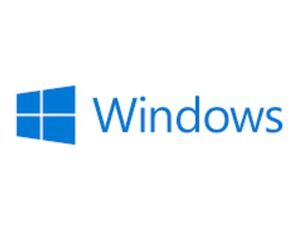Understanding Print Settings in Windows: Optimizing Your Printouts
Corps
When it comes to printing documents in Windows, understanding the various print settings available can help you achieve optimal printouts. By customizing print settings according to your needs, you can enhance print quality, conserve resources, and save time. In this guide, we will delve into the different print settings in Windows, exploring options related to paper size, orientation, print quality, color settings, and more.
Accessing Print Settings:
To access print settings in Windows, open the document you want to print and click on the "File" menu. Select "Print" or use the Ctrl+P shortcut to open the print dialog. Within the print dialog, you will find various settings that allow you to customize your print job.
Paper Size and Orientation:
One crucial aspect of print settings is selecting the appropriate paper size and orientation. Choose from standard sizes like Letter, Legal, and A4, or customize the size as needed. Additionally, select the orientation, either portrait (vertical) or landscape (horizontal), based on the document's layout.
Print Quality and Speed:
Print quality and speed settings determine the level of detail and the time it takes to complete a print job. Opt for higher quality for sharp and crisp printouts, but note that it may take longer. Lower quality settings may result in faster prints but may compromise on sharpness.
Color and Grayscale Settings:
When printing in color, consider the color settings available. Choose between color or black and white/grayscale printing based on your requirements. You can also adjust the color intensity or saturation for more vibrant or subdued prints.
Duplex and Layout Options:
Take advantage of duplex printing to print on both sides of the paper and save resources. Select the duplex or double-sided printing option if your printer supports it. Additionally, explore layout options like multiple pages per sheet, booklet printing, or poster printing for specific document types.
Print Preview and Page Margins:
Utilize the print preview feature to get a visual representation of how your document will appear when printed. Pay attention to page margins, ensuring they are set correctly to prevent any content from getting cut off during printing.
Advanced Print Settings:
Explore the advanced settings section for additional customization options. This may include print scaling, paper source selection, watermarks, headers, footers, and more. Familiarize yourself with these settings to tailor your printouts to specific requirements.
Conclusion:
Understanding print settings in Windows is essential for optimizing your printouts. By accessing and customizing print settings, you can ensure the best possible results for your documents. From paper size and orientation to print quality, color settings, and advanced options, exploring and adjusting these settings allows you to meet your specific printing needs. If you require assistance with printer setup or have further questions, feel free to contact our support team at (844) 614-1998 or email support@123-hpp.com.









commentaires